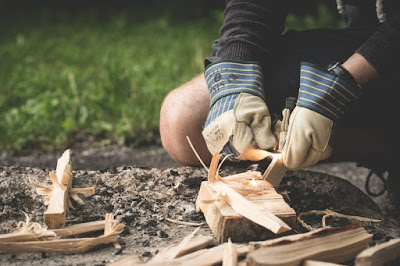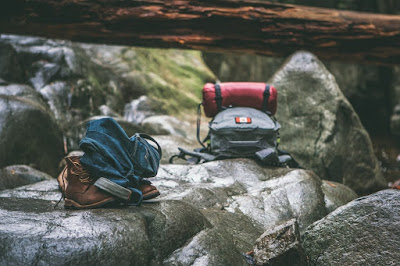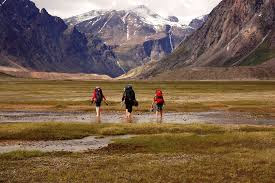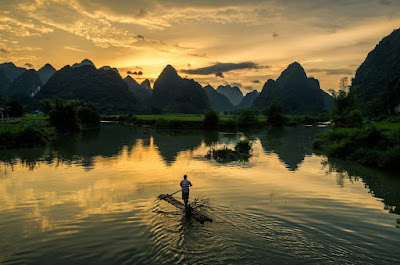Camping is not only an adult thing. In fact, the growing number of children and teenagers becoming more acquainted with nature is very evident today. It starts with you, the parents, of course. Passing on these skills to your little ones early on will make them a knowledgeable outdoor enthusiast once they grow up.

Setting Up Tents
The most common scenario when families go camping, the responsibility and the task of setting up tents are left for the parents to accomplish. The children simply play with one another throughout the area, run around, or sit down while having their smartphones on. It is important for parents to make the step ahead and start teaching the children how to set up tents. This includes looking for the most suitable ground to set up the tent, setting up the base, unpacking the tent, recognize the equipment and tools to be used, and the methods for attaching these materials together.
Map Reading and Orienteering Skills
Navigational skills are also easy to learn, and once the children have gotten the hang of it, they will enjoy this for sure. A good point to start is to print out a map of your campsite or make an improvised one, and this should show the location of the campground, important facilities like restrooms, hiking trails, and places for PWDs. Make the activity to have your little ones spot these locations using the map. For instance, guiding them around and seeing if they can reach the campsite from the restroom and the other way around.
Packing Their Clothes
These children are not going to remain little and as they grow older, they cannot always rely upon their parents to pack their clothes, even at least when they are traveling for vacation. Some of the activities you can have with your children include determining how many days the family will stay in the camp, preparing the clothes to be worn, organizing between the used clothes and the new ones, and placing the clothes within the luggage.
Preparing The Electrical Supplies
Electricity in the campground? This might sound absurd for many, but we’re talking about improvisation here. Children should also be able to prepare the power bank and have them turn on the generator in the morning for the entire family. Once the charging, make sure to turn off the generators to save the power. They may not need to be involved.
Cooking By The Campfire
Especially for parents with picky eaters, teaching your kids how to cook by the campfire will have them select the food they want to it, so you don’t end up cooking what they do not like. It will also teach them relevant skills like teamwork, organization, and following instructions. It can start in as simple as washing the dishes, preparing the ingredients, or cooking marshmallows by the campfire. It does not have to be complex on the first attempt, and with frequent camping that the family does, these children can becoming experienced cooks once they grow older.
Learn More:













